Akita vs Malamute: Side by Side Comparison
I can’t blame you if you are an avid fan of large and substantially built dogs that openly display their power through their intimidating size. Two of the giant types that are popular in their rights are the Akita and the Alaskan Malamute.
If you came across them and instantly fell in love with their sophistication, you would know that getting both won’t be a great idea especially knowing that these are two dominant canines. But, depending on what kind of owner you are, determining the right dog is made easier for you through this comparison guide. Keep reading!
Table of Contents
Breed Origins
Akita
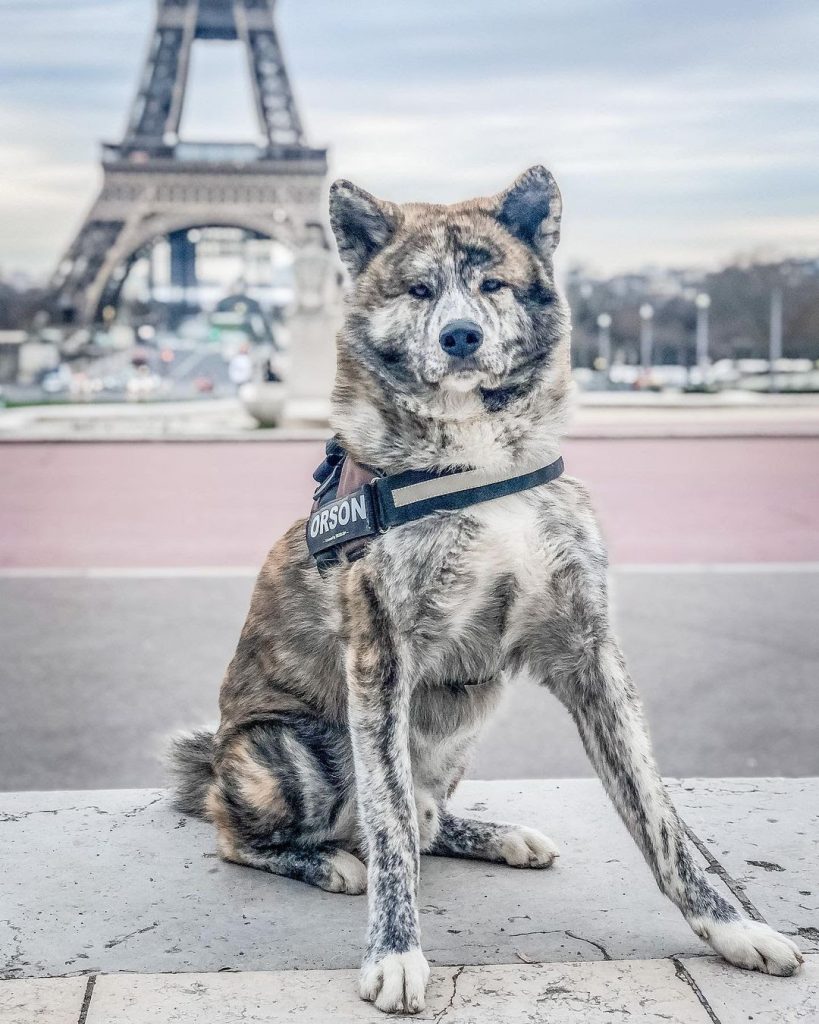

The Akita is a mountain dog that originates from the northern alps of Japan. His existence can be traced back to the prominence of samurai warriors from the 1500s to 1800s. Later on, it was found out that the Akita is a combat dog and was involved in dog fights in Japan. Mind you, this dog can’t easily be placed inside an arena if he were insufficient in his fighting stamina for beating up other dogs.
On another note, the Akita history shows how this breed has been almost pushed to nonexistence. World War II was so severe that Akita owners ended up setting their dogs free in the mountains where they consequently thrived again. It was through Morie Sawataishi and his efforts that the Akita breed exists to this day.
Malamute
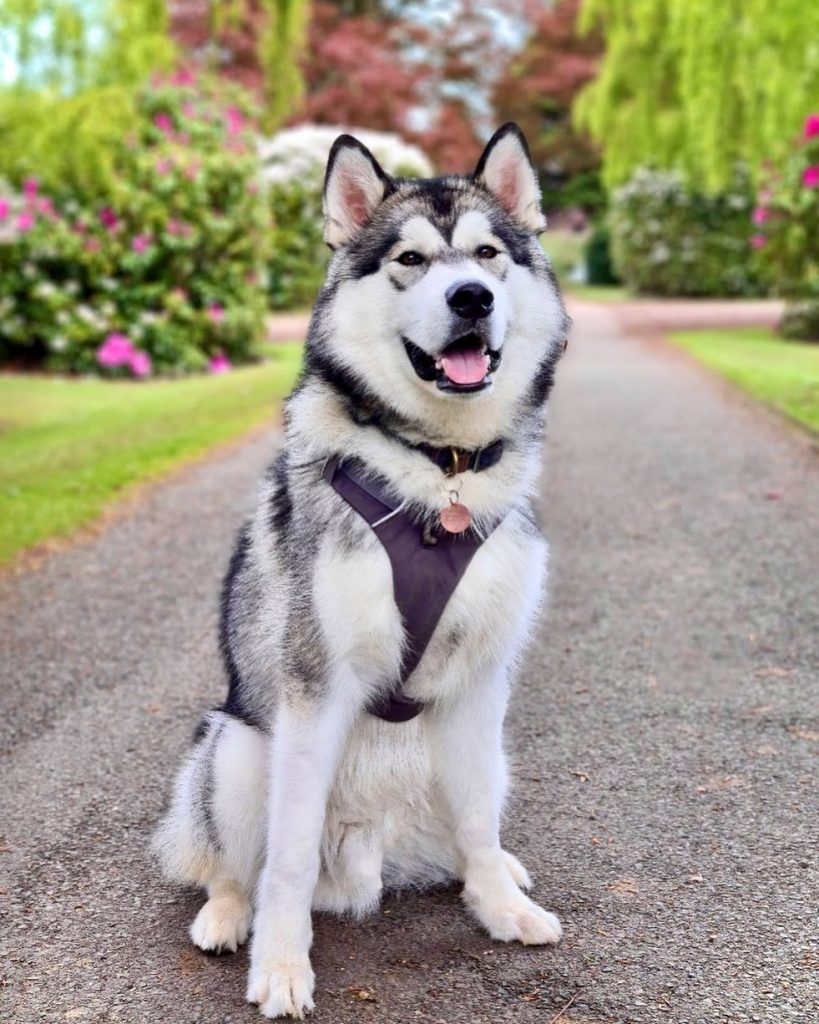

The Alaskan Malamute is an old arctic breed that comes from Alaska! His ancestors are known to come from Siberia to America and is well-known to be a devoted companion to his indigenous tribe called the Mahlemuts. During the 19th century, this purebred dog was pushed to the brink of extinction as the demand for sled dogs increased and many prospectors mixed their sled dogs with other breeds.
Thankfully, due to the Malamute’s isolated existence, the breed has been saved. His lineage was yet again put to test during World War II when several Mals have been used for war. At the same time, the Kotzebue line rose which didn’t belong to the official standard of the Malamute breed. However, the standard has been modified to cater to this line and to safeguard the Alaskan Malamute breed.
Size, Appearance, Coloring
Akita
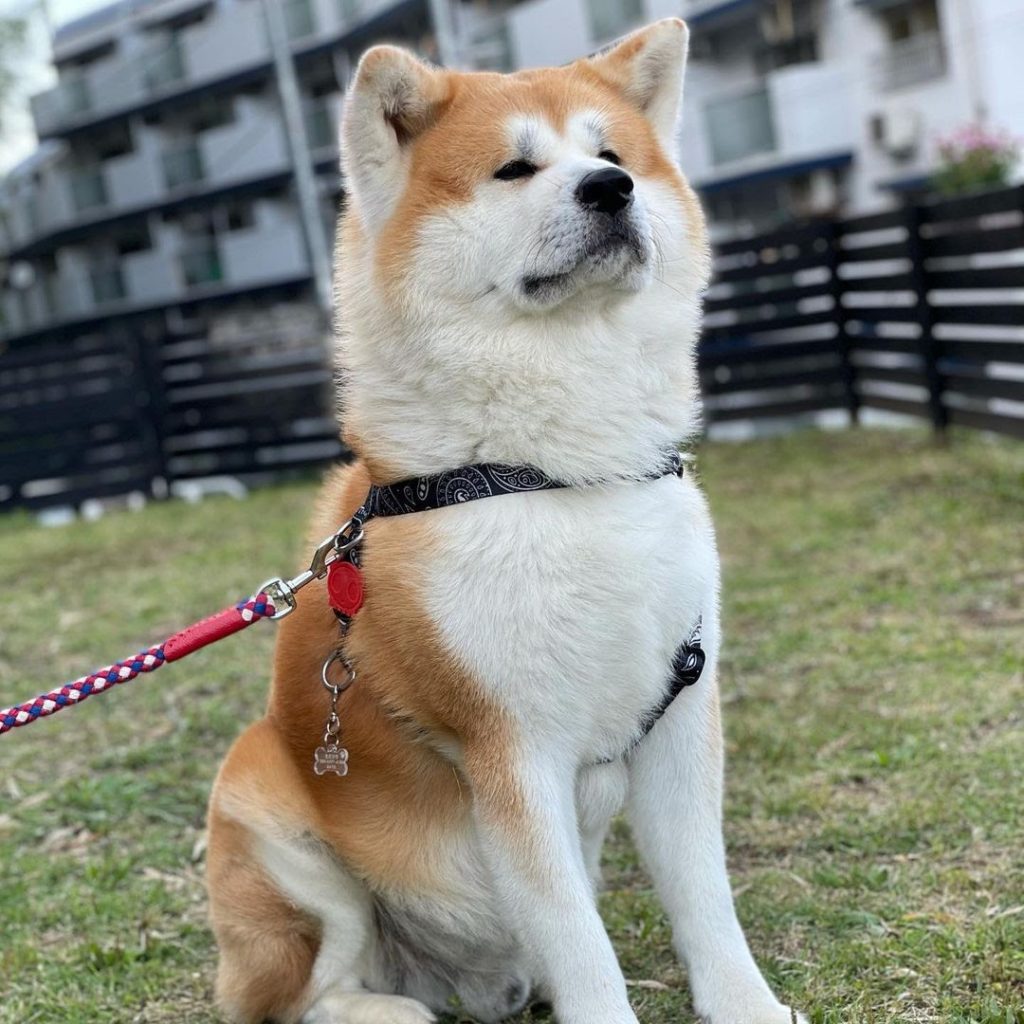

Expect Akitas to reach your leg height or higher. At withers, he can be 26 to 28 inches tall and can weigh up to 130 pounds. Certainly, it is impossible to lift and carry him around, but if you like to give your dog some hugs, helping him stand up and lean on you would be ideal.
Concerning his look, he has a large head that closely mirrors that of the bear. His deep muzzle, triangular eyes, and erect ears are just a few of the characteristics of this breed. His broad head is in line with his back and the tail keeps the balance of his overall appearance. His coat can either be short or long with the latter being considered as a fault in show rings. He may come in various colors such as:
- Sesame
- Brindle
- Red
- White
- Fawn
Malamute
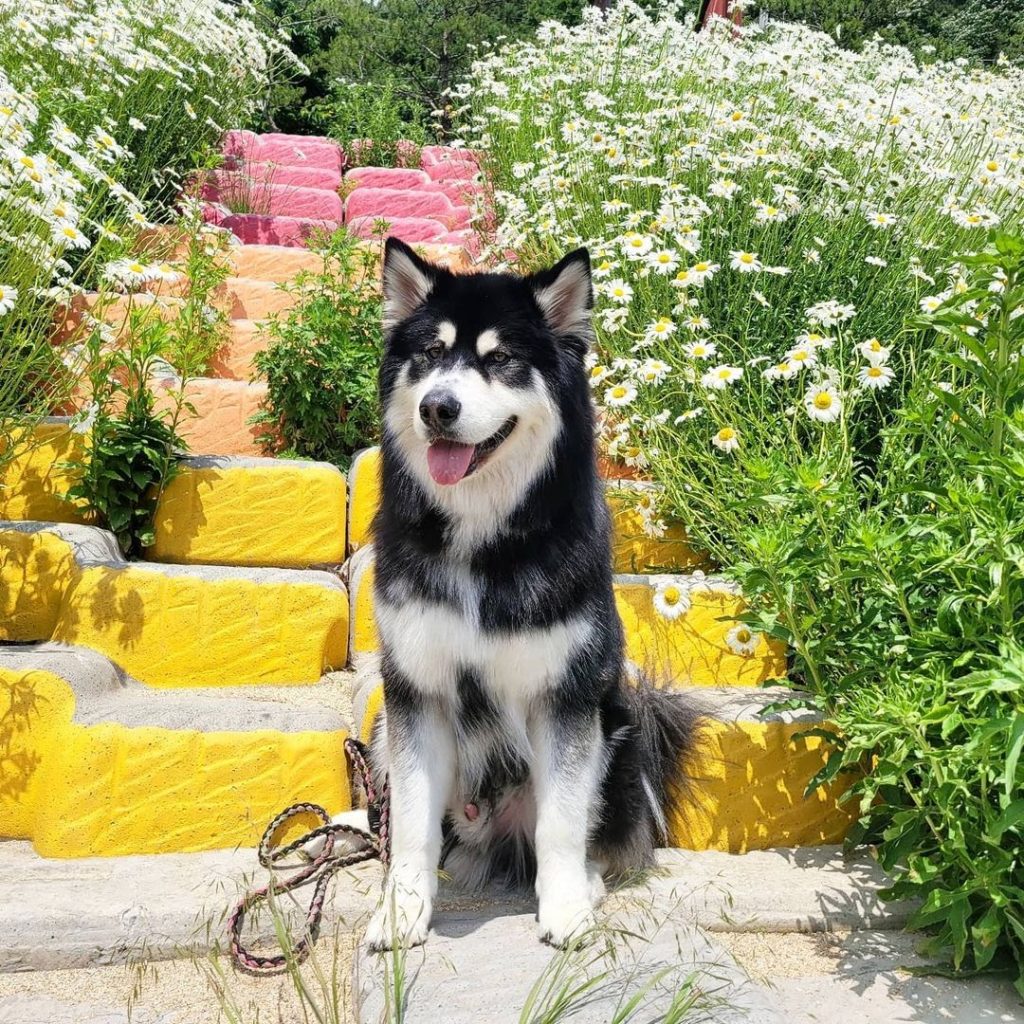

The Mal breed is quite smaller than the Akita. The desired height is 25 inches for males and 23 inches for females. They can weigh anywhere from 75 to 85 pounds although there can be instances where you’ll see a Malamute who is over a hundred pounds.
This woolly canine is not very easy to identify unless you are familiar with its characteristics. First, he has almond-shaped eyes that can be in various shades of brown. The deeper the color, the better. His body looks full and compact, with a curly tail behind, and his feet are white. You may be lost if you are shown an Alaskan Malamute and a Husky, but simply remember that the Mal is much bigger, and blue eyes are only for the Husky.
His usual colors can be in the shades of:
- Grey and white
- Black and white
- Red and white
- Seal and white
- Sable and white
- Solid white
Temperament
Akita
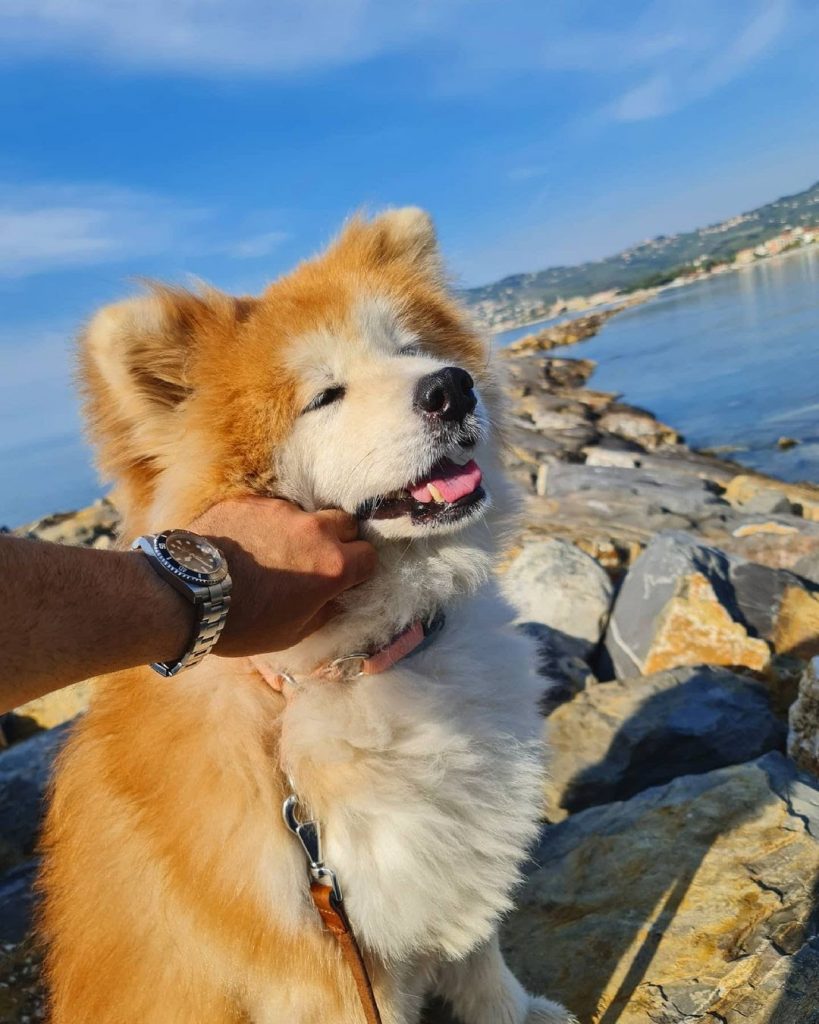

Akitas are often described as territorial canines that are affectionate to their families. They have a very reserved nature towards strangers, so avoid randomly approaching a Japanese Akita. He sometimes displays cat behaviors such as cleaning his face after meals and being a perfectionist and orderly inside the house.
His high levels of independence and dominance make him unfit for first-time dog owners. He is also unsuitable for homes where there is another dog. Many believe that despite the possibility of this large dog becoming aggressive towards unfamiliar individuals, he has a strong liking for children. However, this dog shouldn’t be left alone with them without anyone to supervise the interaction.
Malamute
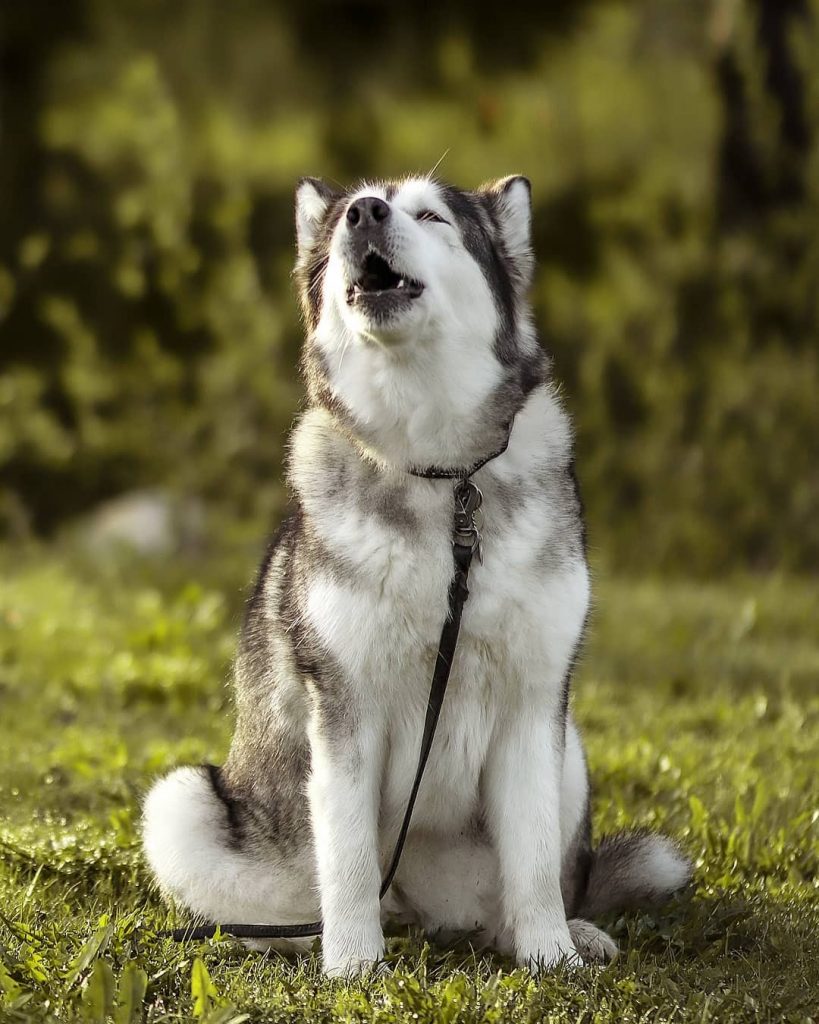

Naturally, the Alaskan Malamute has a high prey drive that may spike if he sees any small pets in the house. Although this is the case, you can minimize the chasing behavior as they can be amicable toward them and even young kids.
What makes Mals a great house dog is that he is naturally inclined with people. Additionally, he can adjust well in summer and winter. He is also fleet-footed at home making sure that he passes by small items carefully without hitting them with his tail. Perhaps the only downside of this big dog is that his tendency to bark is low making him an unreliable watchdog.
Trainability
Akita
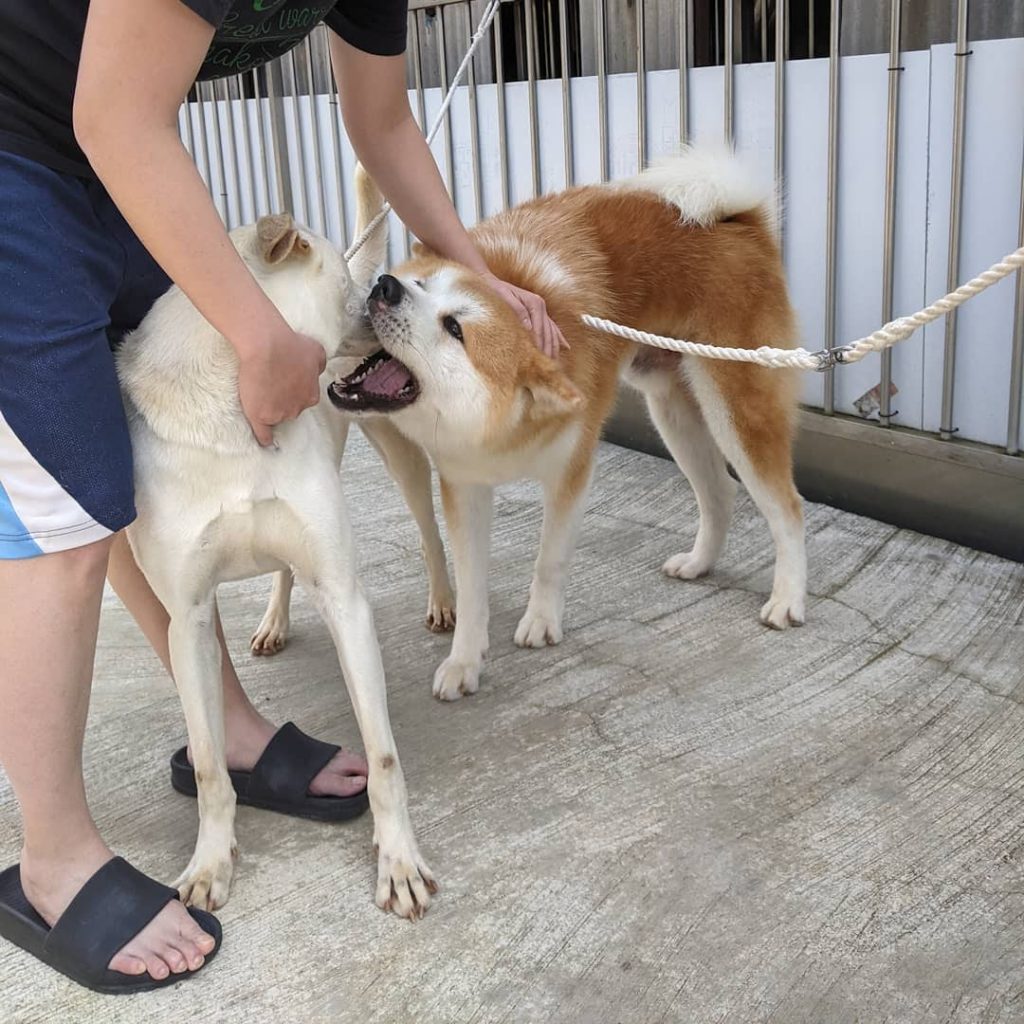

Akitas are highly intelligent and they can take up commands easily. However, you have to be disciplined in establishing rules and ensure that the training is challenging for your big canine. Use positive reinforcements moderately such as praise and treats. Also, it is important to train your Akita puppy right away so he won’t be unruly growing up and would be more sociable around other dogs.
Malamute
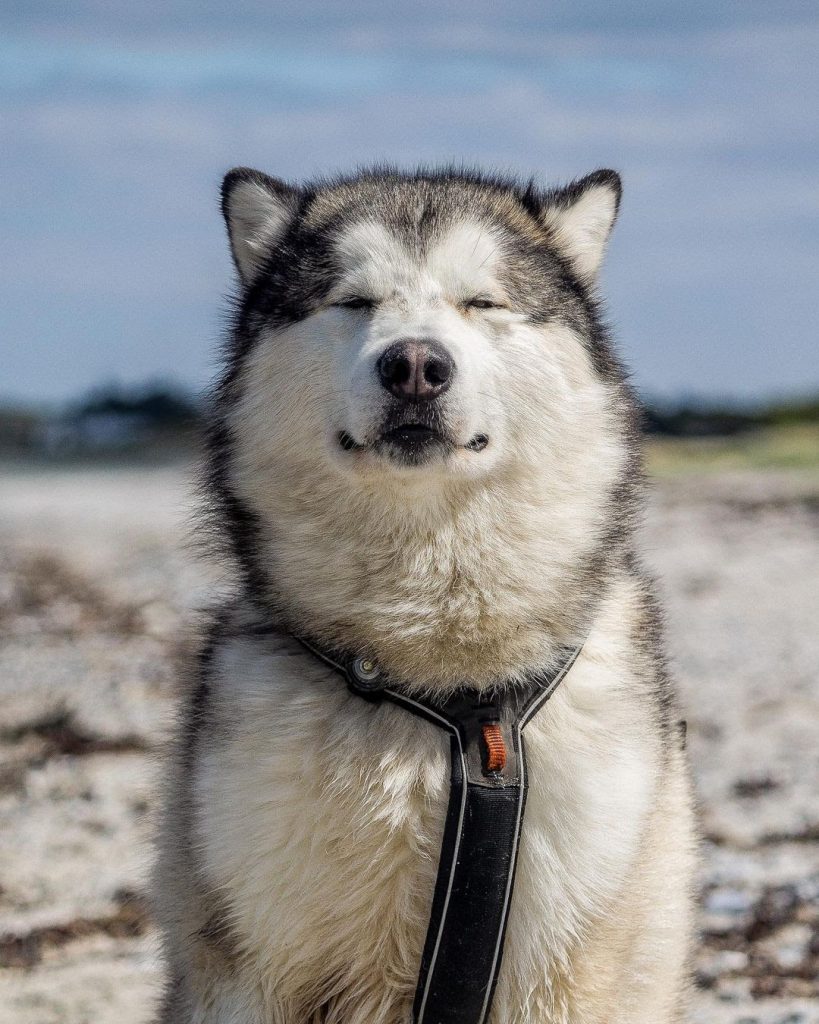

Luckily, the Malamute is more trainable provided that there is proper leadership during sessions. Training must be incorporated into his daily life by teaching him how to be patient and how to act when he’s outside. Make your Mal realize as well that you are the boss. If you have other members in the house, get them involved too so he would know where he stands in the hierarchy. This is necessary considering that this is a pack dog.
Activity Level
Akita


The motivation to go out and release energy is low for the Akita dog. Unless his owner thinks of a game that will challenge him, your dog will simply ignore your idea of playing. He can be a couch potato, but don’t let him be! A daily 30-minute exercise can help him maintain his weight and improve his health. A little push for him to release energy is all that he needs.
Malamute
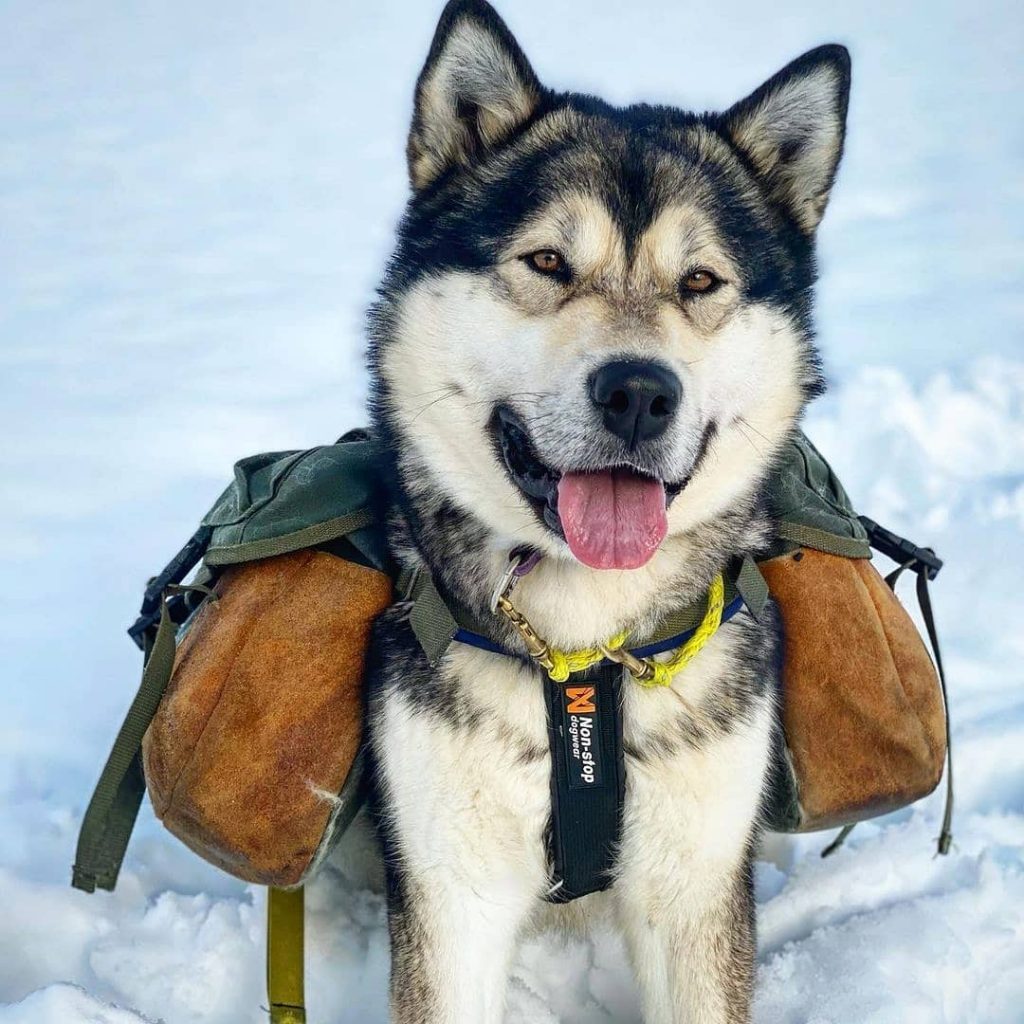

The Mal is a great pet for owners who are also active! Due to his high energy level, hiking, swimming, or playing in the snow can give him a great time. He would need regular physical and mental stimulation or you would end up witnessing destructive behaviors especially if he is left alone at home most of the time.
Living Condition
Akita
Your Akita may either do well or not thrive in an apartment-style of living. An adult Akita dog would always need a bigger space due to his active brain and muscles that need some stretching. An Apartment may be big and spacious, but nothing can replace a home with a yard outside for your Akita to venture. If living in an apartment is the only option, just make sure that your Akita’s environmental needs are properly met and keep the temperature cool!
Malamute
It is not recommended to have a Malamute if you are living in an apartment. This dog is fairly active and would want to inspect his territory as much as he can. Having a fenced yard with buried bases is ideal because he tends to dig his way out. Also, due to his coat, he can survive the harsh cold climate. In summer, keep him cool and make certain that he gets plenty of refreshing water and shade.
Grooming
Akita
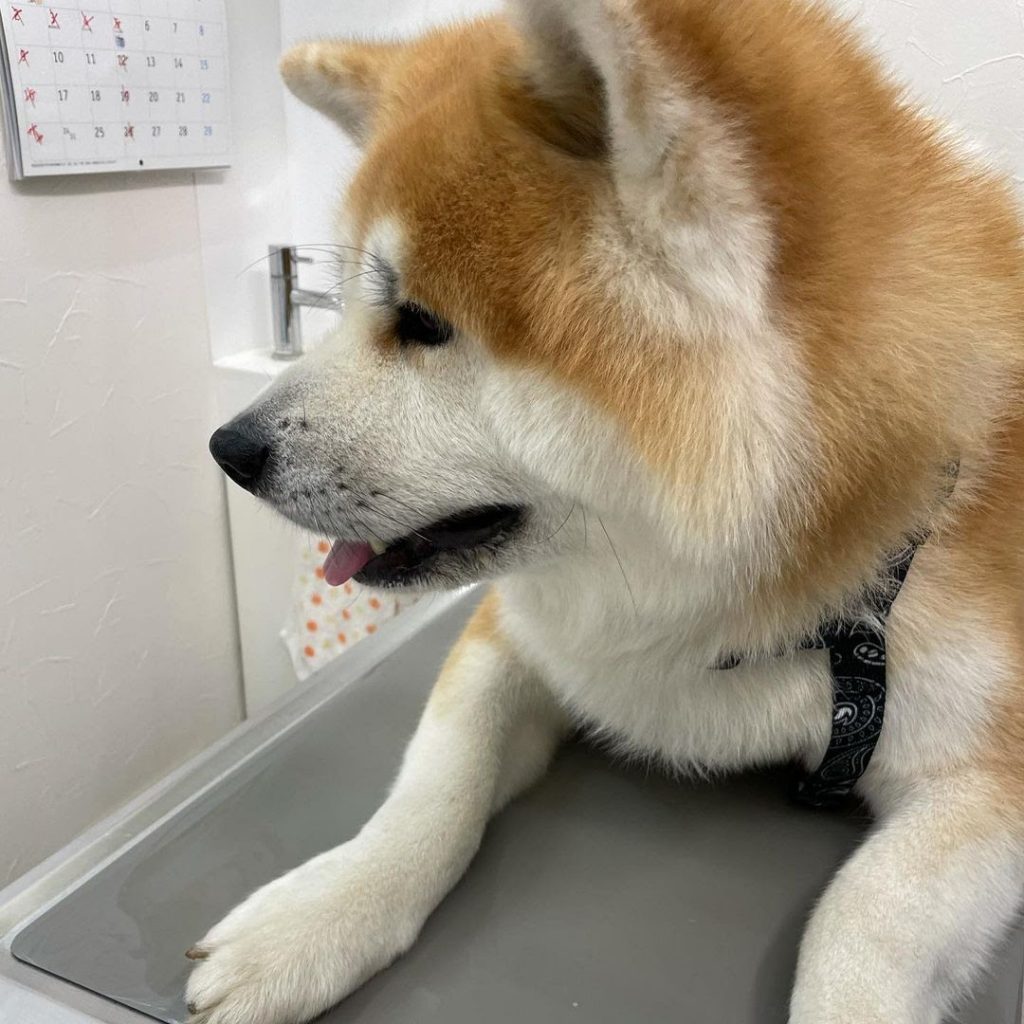

The Akita’s shedding rate is typically low unless spring and fall come. You might find clumps of hair anywhere, but regular brushing can minimize this. Know that he has a natural scent and baths can be done only if he looks grubby. The rest of the basic grooming like ears, nails, and teeth have to be maintained.
Malamute
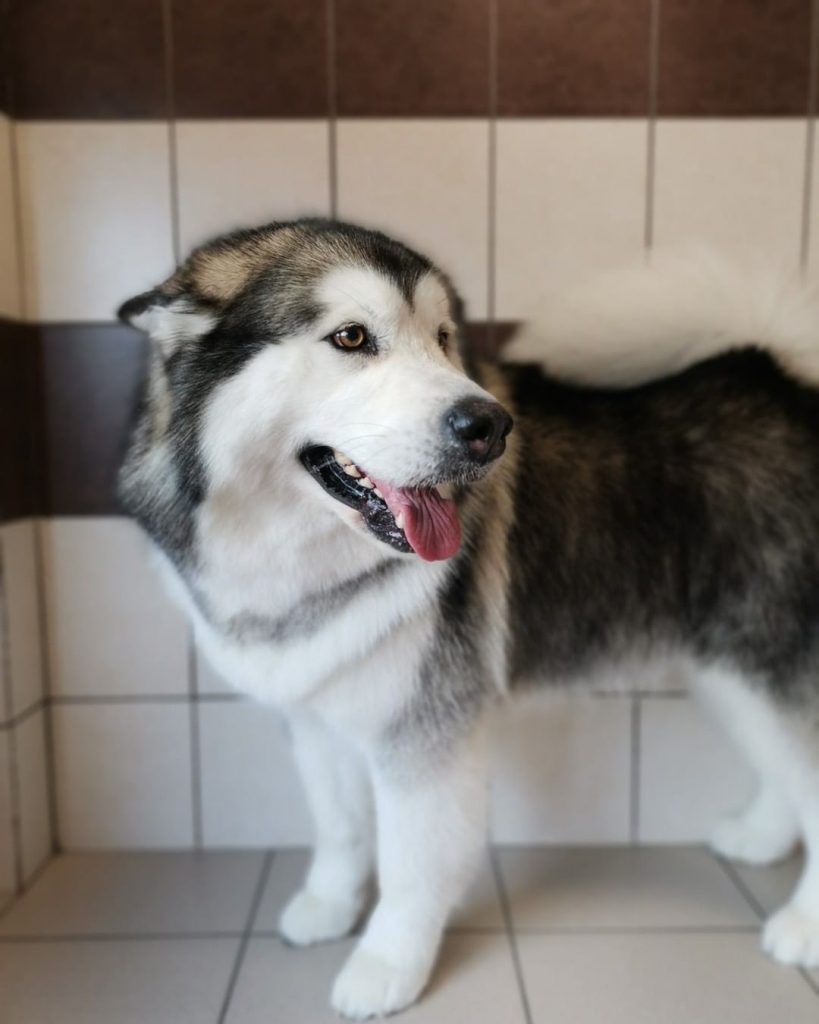

Malamutes like to be clean so they groom themselves very often. That means baths are only required twice a year or whenever they get dirty. Seasonally, this breed will shed a lot so keep an undercoat brush to help take off his winter coat. Just like any other dog, make sure his teeth are brushed 2-3 times a week, trim his nails and clean his ears. Never insert anything in the inner ear canal and simply maintain a clean outer ear.
Health Issues
Akita
The Akita’s health strongly relies on the breeder’s way of rearing and on how well the parents are. An Akita pup won’t have any problems medically, but he can be prone to common illnesses which include hip dysplasia, eye degeneration, and thyroid problems. Feeding your Akita with a low-calorie diet meal would help in preventing him from getting kidney problems later in life.
Malamute
The Mal’s health is commonly threatened by hereditary issues once poor breeding has been done. The best thing to ensure that you’re getting a healthy breed is by getting him from a trusted source. Common genetic predispositions may include hypothyroidism, seizures, cataracts, hip dysplasia, and bloat.
Litter Size
Both great fluffy canines are capable of giving out a large litter size. The Akita averagely reproduces 7-8 pups while the Malamute can range from 4-10 small cuddly pooches. When it comes to pregnancy, both dogs would carry their babies for approximately 63 days!
Breed Popularity
Akita
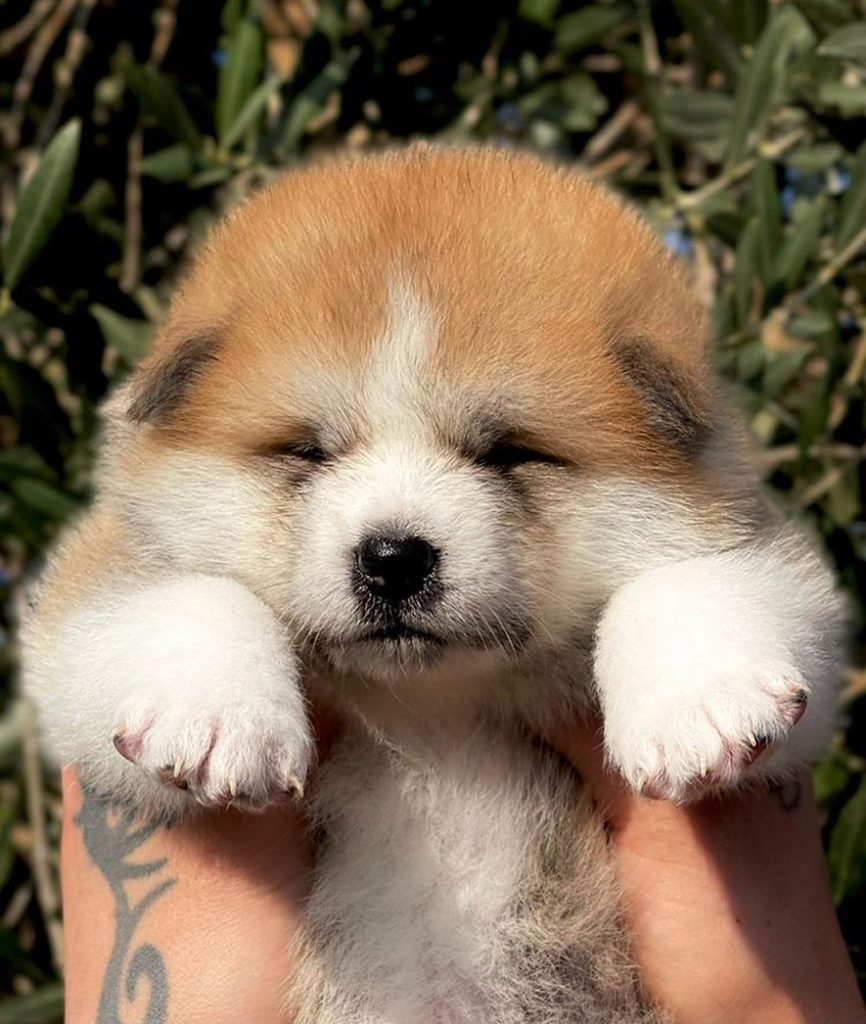

The American Kennel Club (AKC) recognizes the Akita as its 47th popular dog out of the other 197 registered breeds. In Japan, however, this working breed is regarded as one of the country’s “natural treasures”, therefore, making him much more popular in this particular nation.
Malamute


As for the Alaskan Malamute, he remains to be on the 58th spot for the breed popularity conducted by the AKC. The rise of this dog breed is more gradual than quick and owners who chose to get this dog have shared that they made the best decision!
Fun Facts
Akita
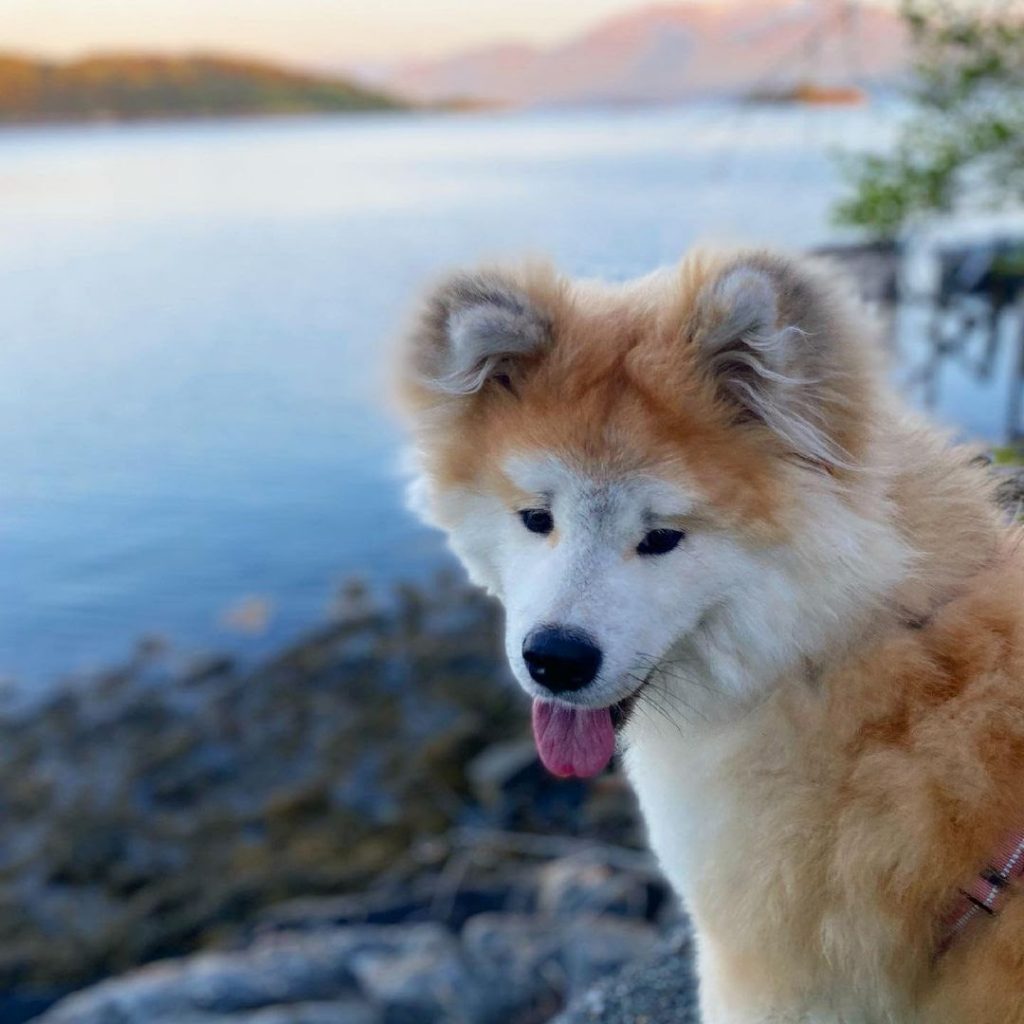

- The Akita has webbed toes to help him walk on snow.
- Akitas used to guard Japanese children in the past while the mothers worked in the fields!
- Akitas hunt silently which is similar to the tiger’s technique.
- He loves to carry toys in his mouth.
- Akitas rarely bark.
Malamute
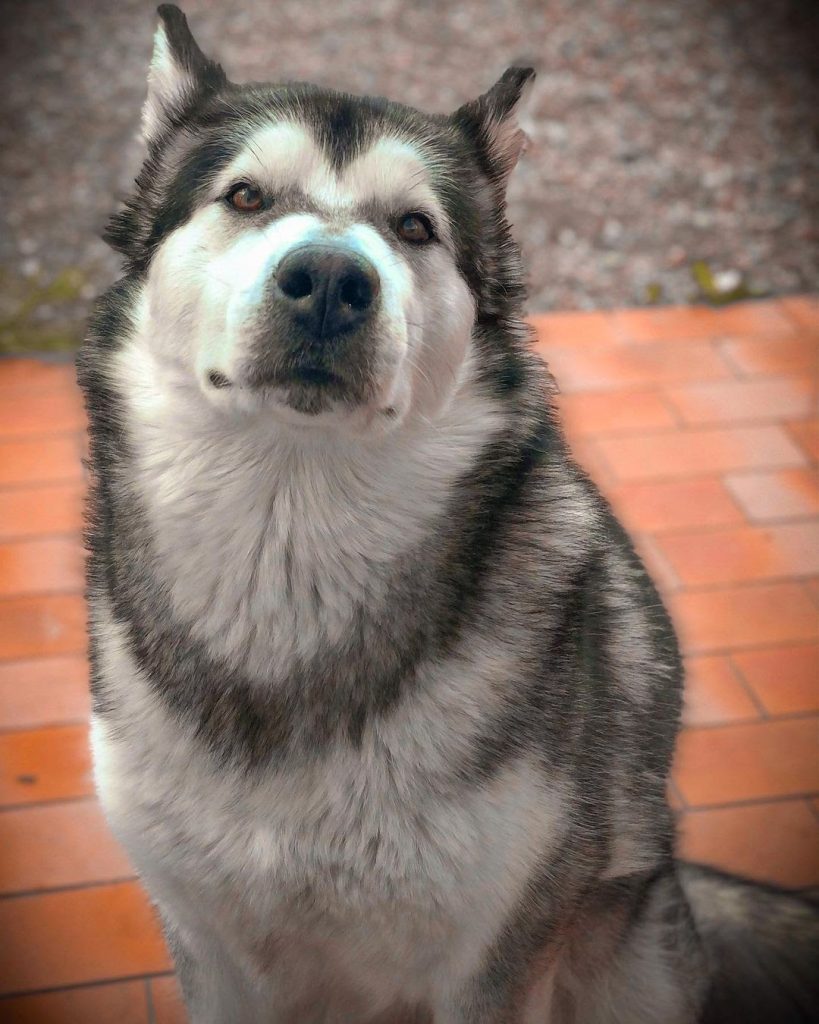

- He is often mistaken as a wolf, but he isn’t!
- They shed in very large amounts seasonally.
- An adult Mal can pull over 2000 pounds over short distances.
- The Mal’s thick coat gives him the capacity to survive temperatures below zero.
- They have the pack mentality and can’t stand being alone.
Which Is a Better Dog Breed?
There is a small gap of difference between the giant Akita and the great Alaskan Malamute. To know which dog is better for you, evaluate your lifestyle, family situation, and behavior to see which between the two can adjust well to these things.
Both dogs are lovely to have and if you are the right person, be ready to experience genuine loyalty and affection!
